
“Windy Day’ – Red squirrel. An image like this is best shot in RAW so that you can choose how to process for the highest quality. If you let your camera decide how to process into a JPEG, you’ve got nowhere to go afterwards.
Ever since I can remember, the RAW vs JPEG debate has rumbled on. It tends to prompt black or white opinions despite the answer not being as clear cut as you might think.
In fact there are good reasons for using both formats in different circumstances, depending on what and how you’re photographing.
I’ve been teaching photography workshops and running photography safaris for several years now and I still find it useful to talk to people about the pros and cons behind each format. When you buy a camera, more often than not its factory default settings will have you shooting JPEG. I’ll discuss here when that’s a good idea and when you need to switch to RAW. Or indeed when to plump for both together.
The Raw Truth
RAW is the format your camera stores its native information in. So when you press the shutter button, this is the raw information that the camera saves; the whole photo in all its glory. Some examples of RAW file extensions (when you look at them on a computer) are .NEF (Nikon), .CR2 (Canon), .SR2 (Sony) and .ORF (Olympus).
The principal reasons for shooting in RAW are quality and flexibility. RAW files keep the highest amount of information that your camera’s sensor records, which allows you to process that into meaningful images later in RAW processing software such as Lightroom, Photoshop, Aperture, DxO Optics, Capture One etc. These RAW processors allow you to interpret the image file the way you want it whilst retaining maximum detail, colour and dynamic range. Once you’re happy with the processing, you can then export the image as a JPEG, TIFF or other image file for printing, sharing or web upload.
Having all the image data to hand gives you more flexibility when working with the photo on the computer. This means you can alter the image (exposure, colour, shadow detail, highlights, sharpness, etc.) to a greater extent than you could if you shot in JPEG.
Almost Perfect, But…
So, we’ll just shoot in RAW all the time then, eh? Well, let’s consider JPEG format for a minute. What we are actually doing when shooting JPEGs is asking the camera to throw away some of the raw information. Surely that’s just daft. Why would you want to throw away any of your lovely photograph?
Well, in many cases, raw files can be very large indeed. They take up a lot of room on your SD / compact flash card. Not only that, but the sheer processing required to move this amount of data around inside your camera can slow it down considerably.
Where this really comes to the fore is when you need to shoot a whole sequence of images in quick succession. This can produce a phenomenon known as buffer lock-up where the camera refuses to take any more pictures until it has finished writing all of the image data from its internal temporary store (the buffer) to the data card. This can vary considerably between different cameras.
At best this can be an inconvenient hiatus as the camera stops you from taking any more photos for a second or two. At worst, the camera may completely lock you out for tens of seconds while it shuffles all the data off to the card. By this point the critical action will have passed.
Have a look at this demonstration between a fast camera (Nikon D4) and a much slower one (Nikon D800E) taking continuous RAW files:
These are both professional cameras, but you can see that the D800E is not really deigned for speed. The clear advantage that the D4 has over the D800E is that it can shoot a huge number of full sized RAW files in very quick succession without the buffer locking up. And when it does eventually lock up, it still allows a reasonable frame rate. In practical terms, this means the D4 is ideal for shooting fast sequences of action, whether that’s a bird in flight or a speedway bike crashing. In both situations you want to maximise the possibility of getting one sharp frame of the action.
When to Shoot JPEG
As I mentioned above, JPEG format throws away some of the image data immediately after the RAW file is produced by the camera. The advantage of this is that the RAW file is then discarded and only the JPEG is stored. Card storage space isn’t really an issue these days, but the smaller JPEG files are easier for the camera to move to the card and it can therefore operate faster and for longer before lock-up happens. For out-and-out speed, you can rarely beat JPEG.
Indeed the first time I picked up my D4 (set to factory JPEG), it filled an entire 16GB card with images. It didn’t pause once. That’s an extraordinary feat. This isn’t an advert for Nikon’s flagship cameras though: you may well find that shooting JPEGs allows you to capture the all important image that you’d have otherwise missed during lock-up. The trade-off is that the resulting images aren’t as high quality as the RAW files. But the point is that you got the shot; for action photography, that’s critical.

Little owl in flight – For action shots like this, shooting JPEGs might just give you a fast enough frame rate without lock-up. With the inevitable trade-off in quality of course
Be careful though. If you decide to shoot JPEGs, you must set up all the camera’s picture settings (white balance, contrast, sharpness and so on) correctly before you press the shutter button. Similarly, you’ll need to get the right exposure in camera by using the correct shutter speed, aperture and ISO because you’ll have less leeway when processing these JPEGs later. Once the camera takes the shot, the JPEG compression throws away some of the data and it’s gone forever.
There is another advantage of JPEG shooting. If you’re not so sure about all the effort that goes into RAW processing and don’t really have the time, JPEG is definitely worth considering. The idea behind shooting in this mode is to get the shot right in the camera straight away and not to have to process later on the computer. This is perfectly valid, as long as you’re aware that you’re not storing the highest quality files that the camera produces.
I know from experience that a lot of people starting out in photography don’t want to spend much time in front of a computer. I feel your pain! If you just want to get out there and take shots, without worrying about much computer work, then by all means, shoot JPEG.
Photo-journalists and sports photographers may opt for JPEG if they need to take and transmit images to their picture desks electronically almost in real time. In this case, these smaller JPEGs will be immediately available for transmission, whereas the much larger RAW files would take too long to send and require processing at the other end.
Best of Both
If you’re not sure which format to choose – and out-and-out speed isn’t absolutely essential, why not switch your camera to use both these formats at the same time? Most cameras have the option to hedge your bets by storing both the RAW and JPEG versions of the file. More space is taken up on the card and there’s no speed advantage, but the ability to use an instant JPEG and come back to process the RAW file later could be enough to persuade you to at least store the RAW file. Even if you don’t look at it for years!
In fact, RAW processing software improves all the time and it’s not unusual to want to come back and re-process an image with new or different software to get that little bit more out of the original image.
It’s Complicated
As a postscript, I thought I’d mentioned a couple of other periphery, but interesting options. To complicate matters, there are different types of RAW file. Some cameras offer the option to compress the files. If you do choose to shoot a compressed RAW format, I’d recommend you only use the lossless versions. In this case, the RAW file is compressed in size in a way that doesn’t lose any of the detail – much like a zip archive is made on a computer.
Some cameras have a setting that allows you to select the bit depth. For example, you may be able to choose between 12 and 14 bit RAW files. The 14 bit files will store four times as much information, which leads to smoother tonal and colour transitions and better dynamic range. Some photographers claim they can’t tell the difference between 12 and 14 bit and selecting the smaller file speeds the camera up. I haven’t tried this as I always want the highest quality possible, but it could be an option for you.
Why not put it all into practise and come on a wildlife photo safari with me?
Kaleel


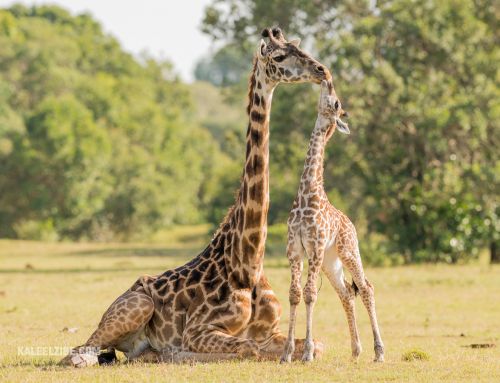
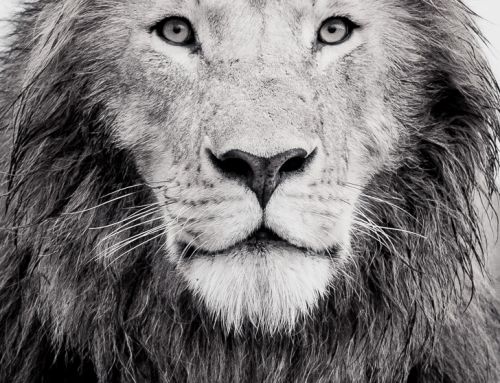
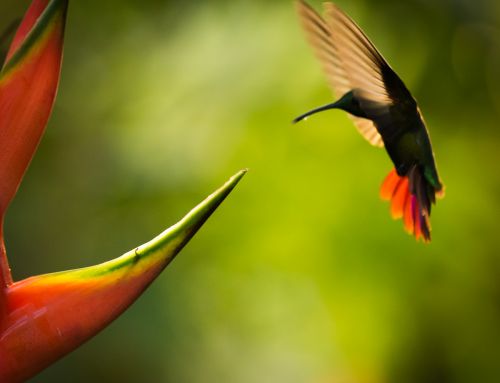
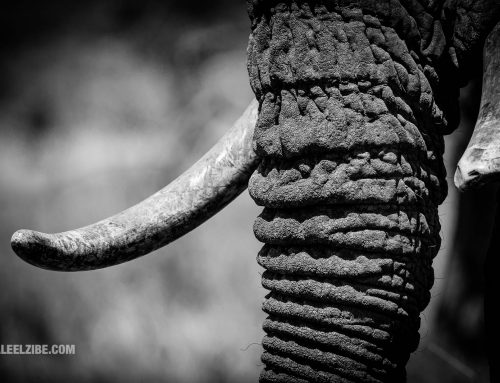
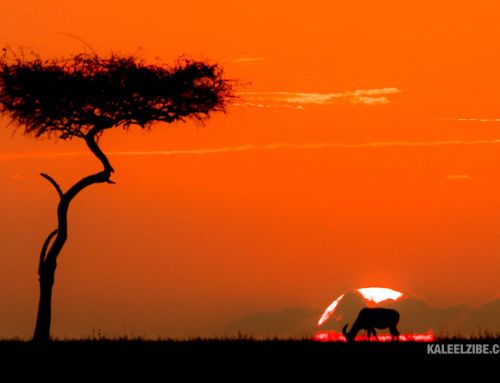
Thanks so much for putting me where I want to be. I will use the compromise solution jpeg/raw. I should mention that I fund auto iso a great way to shoot
Thanks again.
My pleasure! Glad you found that useful 🙂
[…] photographing, you can lift those shadows in post-processing, particularly if you’re shooting in RAW. However, there is a limit to this and if you try to lift shadows too much, you’ll end up […]